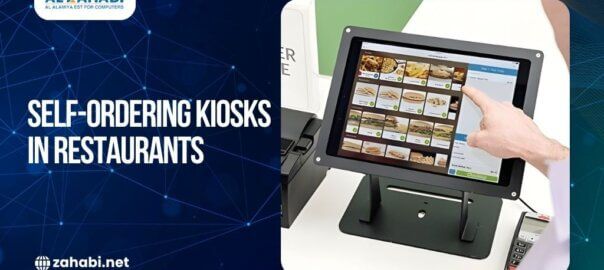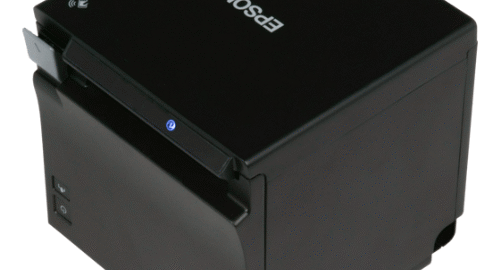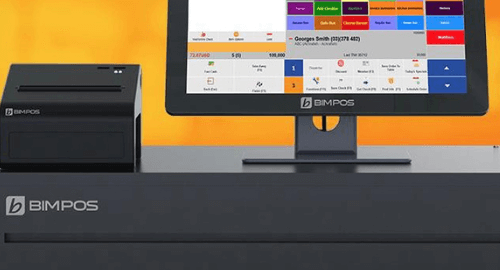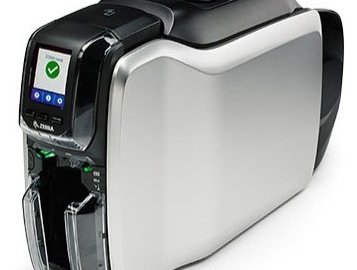
The Point of Sale (POS) process is a crucial aspect of retail and service industries, encompassing the steps from customer selection to final transaction completion. A well-executed POS process can enhance customer satisfaction and streamline business operations. Here’s a comprehensive guide to the Point of Sale process:
1. Customer Selection: The POS process begins with customers selecting their desired products or services. This phase involves browsing through merchandise, making decisions, and seeking assistance from sales representatives if needed.
2. Product Scanning or Selection: Once customers have made their choices, the next step is to scan the products or select services within the POS system. Modern POS systems utilize barcode scanners or touchscreen interfaces to streamline this process, reducing manual errors.
3. Price Calculation: The POS system calculates the total cost based on the scanned items or selected services. It considers any discounts, promotions, or taxes applicable, providing customers with an accurate and transparent view of their purchase.
4. Payment Processing: Customers can choose from various payment options, including cash, credit/debit cards, mobile payments, or other electronic methods. The POS terminal securely processes the payment, ensuring a seamless and secure transaction.
5. Receipt Generation: After successful payment, the POS system generates a receipt detailing the purchased items, their prices, any discounts applied, and the total amount paid. This receipt serves as a proof of purchase for customers and a record for businesses.
6. Inventory Update: The POS system updates the inventory in real-time, deducting the sold items from the available stock. This feature helps businesses maintain accurate inventory levels, preventing stockouts or overstocking.
7. Customer Relationship Management (CRM): Some advanced POS systems include CRM features, allowing businesses to collect and analyze customer data. This information aids in building personalized experiences, implementing loyalty programs, and fostering long-term customer relationships.
8. Reporting and Analytics: POS systems generate detailed reports on sales, inventory turnover, and customer behavior. These insights empower businesses to make informed decisions, optimize operations, and identify areas for improvement.
In conclusion, a well-executed Point of Sale process enhances customer satisfaction, streamlines operations, and provides valuable data for business improvement. Investing in a reliable POS system tailored to specific business needs is crucial for success in today’s competitive market.












